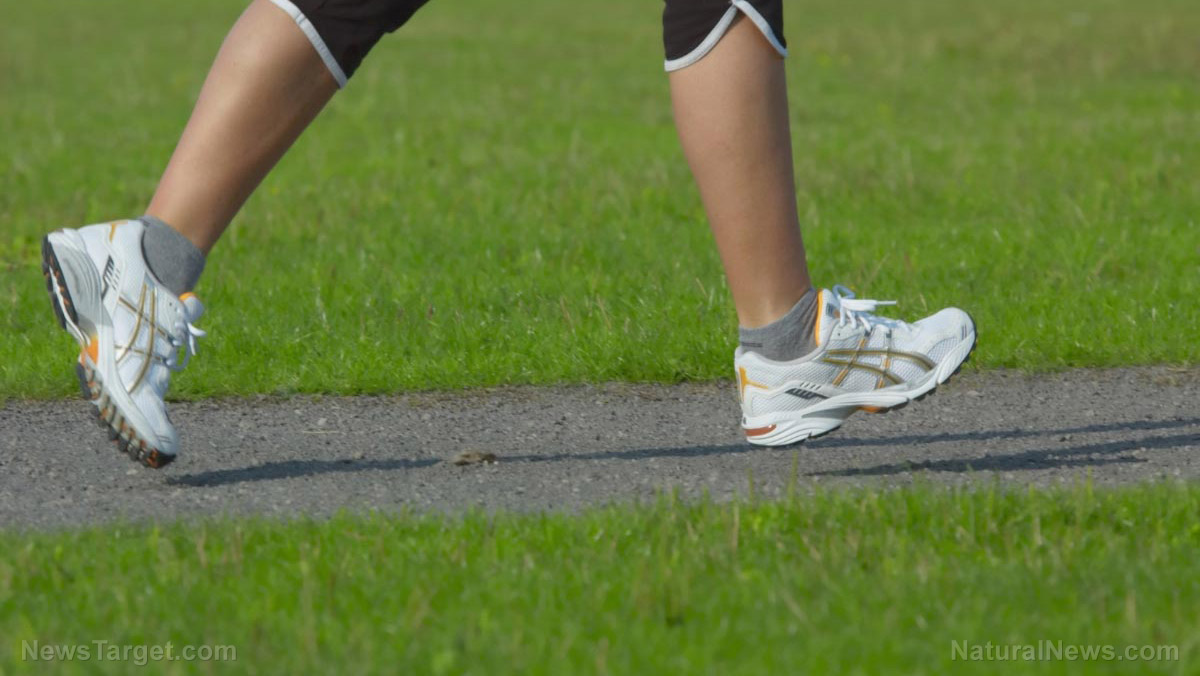Exercise is the best natural remedy for back pain
01/05/2019 / By Zoey Sky

If you have back pain, discomfort may be a regular part of your life. However, this doesn’t mean you have to suffer in silence when your back starts hurting. To relieve back pain, active exercise must be a part of your daily routine.
Regardless if you have recently been injured or if your back pain is due to old age, you can naturally stimulate the healing process through active exercise. You just need to make sure that your exercise routine is done “in a controlled, careful, and prescribed manner.”
How can exercise help relieve back pain?
It might seem contradictory to exercise if you’re already in pain, but you must keep in mind that movement can help nourish and repair the disks, joints, ligaments, and muscles in your spine. Additionally, active exercise can help integrate essential nutrients into and around the disc spaces throughout the spine.
Too much rest can aggravate back pain.
Rest is part of the healing process, but being inactive for too long can make your condition worse. If you don’t exercise regularly, your back may start hurting more, especially since inactivity can cause de-conditioning, stiffness, and weakness. (Related: Why you should keep on exercising even if you have back pain.)
If you suffer from disc-related pain, not exercising will deprive the injured disc of the nutrition it needs. Without nutrients, the disc can degenerate further and cause more pain.
Active exercise can also help minimize inflammation, which naturally occurs in the tissues surrounding your injured disc. The swelling can further irritate nerves that are already in bad condition because of the presence of the highly inflammatory herniated disc material.
Aerobic conditioning, strengthening, and stretching exercises can help relieve back pain.
It can be painful to start exercising after you injure your back, but after weeks or months of stretching, you’ll notice a significant increase in your range of motion, which can promote sustained pain relief.
If you have lower back pain and sciatica, stretching your hamstrings regularly is crucial if you want to relieve discomfort. Sciatica describes the symptoms of leg pain, along with numbness, tingling, or weakness, that may start from the lower back that travels through the buttock and down the large sciatic nerve in the back of each leg.
If you experience low back pain for longer than two weeks, a strengthening program can be beneficial for your long-term recovery. Your physical therapist may suggest programs such as lumbar stabilization training, McKenzie exercises, or other prescribed exercises. Active exercise is important for back health, and most physical therapists will attest that patients who are aerobically conditioned usually have less back pain and sciatica.
Individuals with back pain can benefit from low impact aerobic exercise because it helps bring nutrients to injured structures in the back, allowing them to heal faster.
If you’re capable of low impact exercise, your options include:
- Biking
- Daily activities (e.g., gardening and housecleaning)
- Low-impact aerobics
- Resistance exercises
- Stationary cycling
- Stretching exercises
- Swimming
- Tai chi
- Walking
- Working out on an elliptical machine
- Yoga
For people in severe pain, water therapy can provide multiple therapeutic and conditioning benefits but with less stress.
Consult a spine therapist and get an individualized exercise program.
Every person with back pain will require a different rehabilitation program that is personalized based on their specific diagnosis and level of pain. Always consult a spine specialist, who is trained to develop an individualized exercise program, before you start working out. A specialist can also teach you the proper form and technique for these exercises.
By being disciplined and exercising regularly, you can naturally relieve your back pain.
You can browse more articles about the benefits of regular exercise and other natural cures for lower back pain at BackPain.news.
Sources include:
Tagged Under: active exercise, aerobic exercise, back pain, exercise, exercise and fitness, fitness, inflammation, low-impact aerobic exercise, pain relief, physical activity, prevention, regular exercise, research, stretching


















